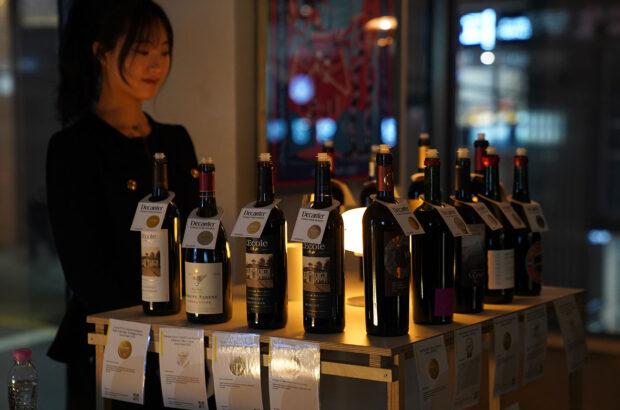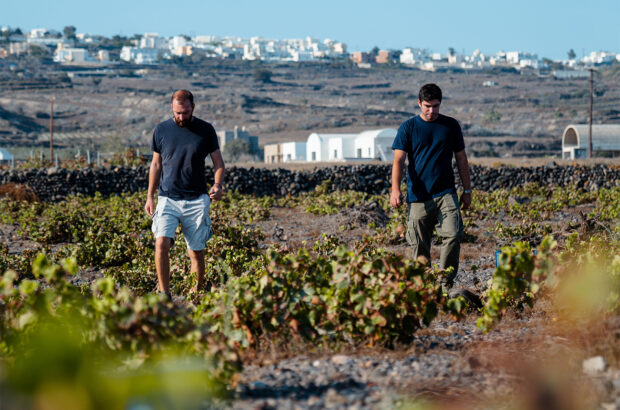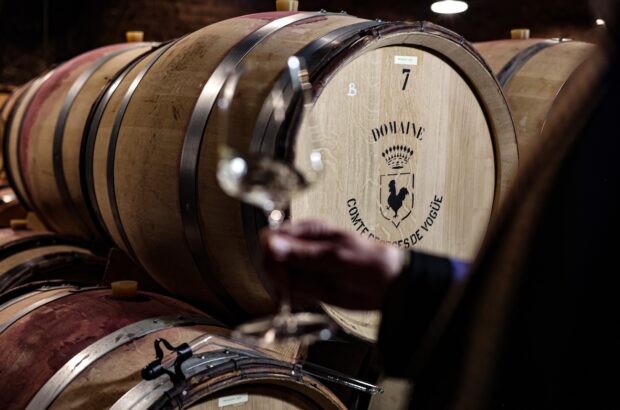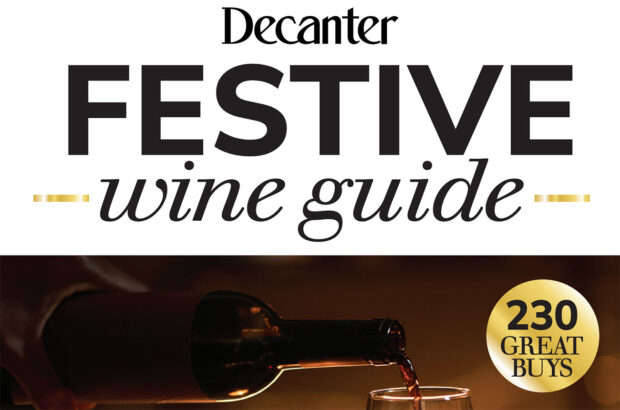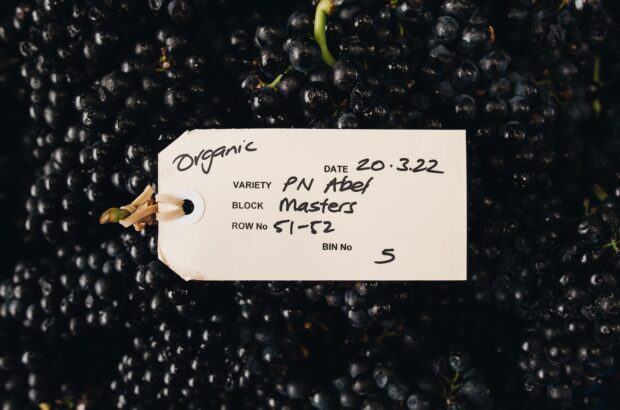‘We face three challenges,’ said Yiannis Paraskevopoulos, the email’s author, when I caught up with him and fellow grower Stellios Boutaris in early 2025, shortly before the February earthquakes that added to Santorini’s simmering stresses. Yiannis co-owns the 13ha Gaia winery, while Stellios’ Ktima Kir-Yianni has recently become the owner of the 40ha Domaine Sigalas winery, as well as partnering with Paris Sigalas for his new Santorini venture Oeno P. ‘Lack of rain, manpower and tourism.’
Together they make a cocktail toxic enough to call into question a future for one of the world’s most distinctive terroir wines. ‘The trend lines,’ said Yiannis, ‘show that there will be no more grapes by 2041. We’ll try to make sure that won’t happen, but in 20 years we may only have one third of the vineyard left.’
The island’s 1,000ha typically produce around 2,200 tonnes of grapes, but last year (in Stellios’ words) ‘everything went wrong – winter and spring were very warm, we had April hail, we had really bad winds, we had two big heatwaves’. After 2023’s meagre 1,100 tonnes, 2024 brought the islands’ growers just 750 tonnes. ‘To split among 18 wineries,’ Yiannis points out. Prices for grapes and wine have soared and customers are starting to baulk. ‘Even the Japanese,’ says Stellios. ‘They don’t bargain and always politely say yes. Until they politely say no.’
‘Young guys,’ Yiannis points out, ‘don’t want to work under the sun in the dirt any more,’ even those who own scraps of vineyard. Gaia and Sigalas bring workers from the mainland, house them expensively and know that they will leave again after a few years. Young Santorini owners, meanwhile, don’t want to sell their inherited, unworked vineyards… unless it’s expensively, for tourist development.
Ah yes: tourism. Some 3.4 million people are said to have visited Santorini in 2023, packing the tiny island. My only stay was back in June 2007, yet even then the tiny streets were so crowded that a brisk walk wasn’t possible. The hotel I stayed in had been commandeered by a Chinese bride and groom who had flown in specially from Beijing – just to take some dramatic wedding photos. ‘All the minibuses on the island make a snake 17km long,’ says Yiannis, ‘yet our longest road is only 25km.’ The richest tourists pay €500 for a three-minute helicopter hop from the airport to their hotels to avoid the 90-minute road crawl.
Santorini’s mayor is a wine producer: Nikos Zorzos of the pioneering Venetsanos. ‘I know the place where I was born,’ he said in an extempore speech to a tourism conference on the island of Paros in April 2024, ‘and I have difficulty in recognising it today. The identity of a place is also its distinctiveness,’ he continued, and Santorini’s ‘reckless and irrational rate of development’ has ‘already led to significant problems, and it will lead to even greater problems. What is the point at which we pass from development to destruction?’ Indeed. Yet Zorzos is now into his third term (he first became mayor in 2010) and development continues. Is this battle even winnable? A plan to seek UNESCO World Heritage status was argued down by islanders themselves.
Perhaps only Santorini’s wines can make the island’s agricultural case. I tasted three of the 2024s (Gaia’s Thalassitis and Wild Ferment, and the Sigalas Assyrtiko) shortly after my conversation with Yiannis and Stellios. Despite the minuscule crop, they were superb: fresh yet rich. Lemon, sun-warmed stone, sea spray, wrapped up in lithe, energetic and textured wines that convey place more effortlessly and memorably than many white Burgundies at twice the price. If you love them, support them.
In my glass this month
Another sign of the quality potential of Santorini Assyrtiko lies in its single-vineyard cuvées. The Sigalas, Kavalieros 2022 (£59.99 Hedley Wright) is pungent and masterful; while Gaia’s Ammonite 2022 (from Elias Zorzos’ Thalassina [‘things of the sea’] vineyard; £82-£85 Epinoia, Strictly Wine) is more purely fruity, packed with bitter grapefruit and lemon, though with plenty of sea tang, too. They constitute benchmarks for terroir expression – while also sitting on the Red List of endangered wine species.




